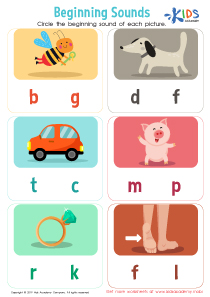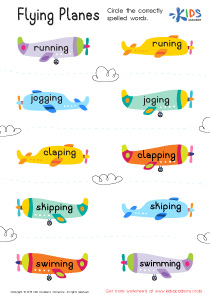Understanding syllables Elementary Phonics Worksheets for Ages 6-9
3 filtered results
-
From - To
Unlock the power of phonics with our "Understanding Syllables" worksheets designed specifically for elementary learners ages 6-9. These engaging resources help young students grasp the essential concept of syllables, enhancing their reading and writing skills. Each worksheet offers interactive activities that make learning fun and reinforce syllable segmentation and blending in words. Tailored for different learning levels, these phonics exercises ensure your child builds a strong foundation in language through practice and exploration. Ideal for classroom or at-home learning, our worksheets empower young readers with the confidence to navigate the world of words effortlessly. Start your child’s phonics journey today!
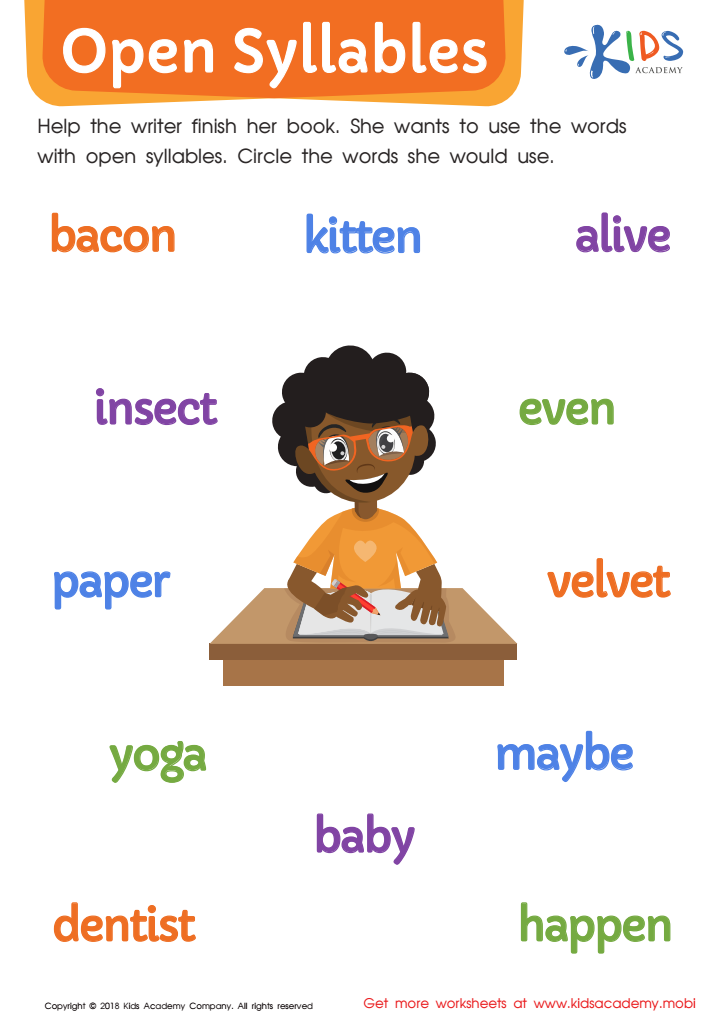

Open Syllables Worksheet
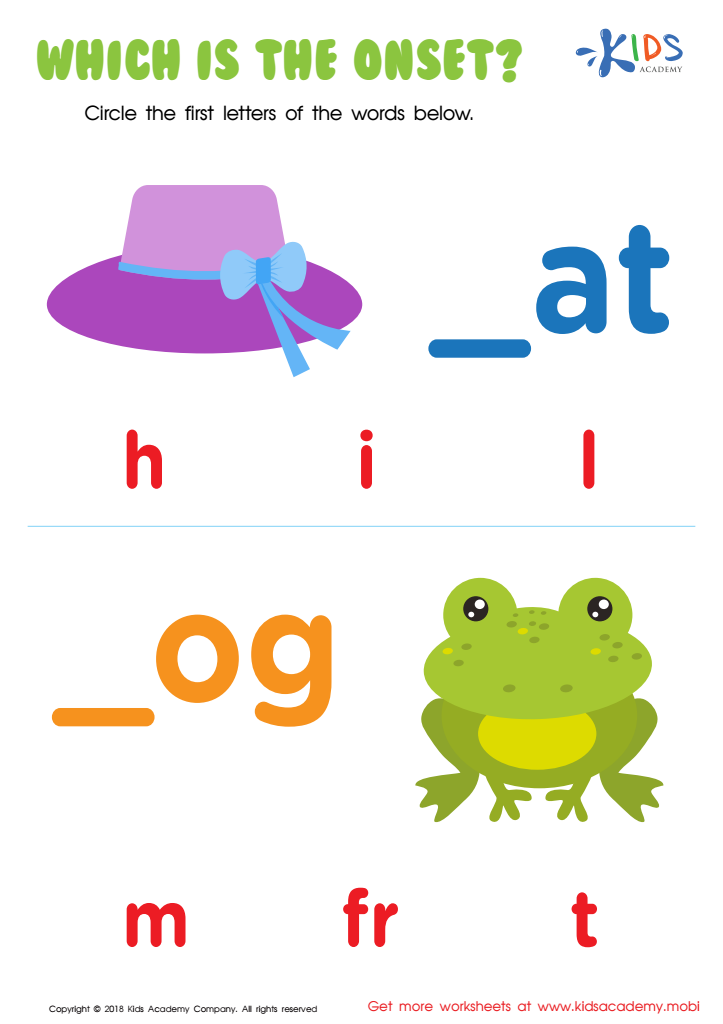

Which Is the Onset? Worksheet
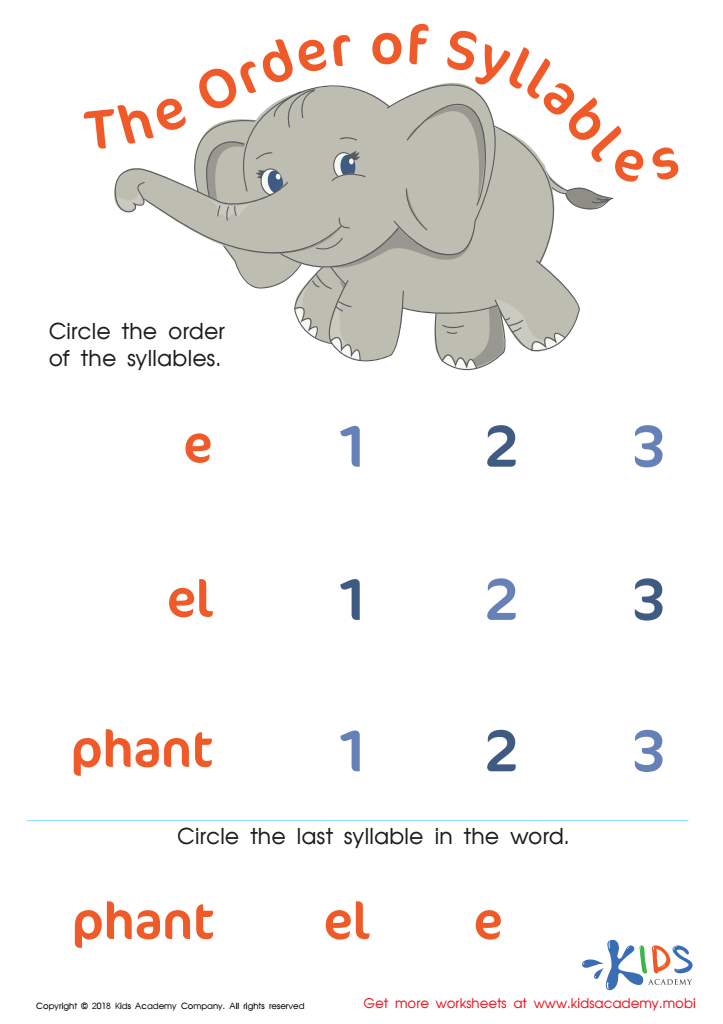

The Order of Syllables Worksheet
Understanding syllables is crucial for young learners, particularly those aged 6-9, as it forms the foundation for reading and writing skills. Phonics instruction, which includes mastering syllable recognition, helps children decode words more effectively. Syllables are the building blocks of words, and recognizing them enables students to pronounce unfamiliar words, facilitating their overall reading fluency.
Parents and teachers should care because a solid grasp of syllables enhances phonemic awareness—an essential skill that correlates with literacy success. When children can segment words into syllables, they also improve their spelling skills since many spelling rules align with syllable structures.
Furthermore, early mastery of syllables fosters confidence in young readers. As children tackle longer, multisyllabic words, their willingness to engage with challenging texts increases, encouraging a love of reading. Engaging with syllables also promotes stronger oral language development, vital for effective communication.
In summary, by prioritizing syllable and phonics understanding, caregivers and educators empower children to become proficient readers and writers. This investment not only supports academic achievement but also nurtures a lifelong appreciation for language and literacy.

 Assign to My Students
Assign to My Students





